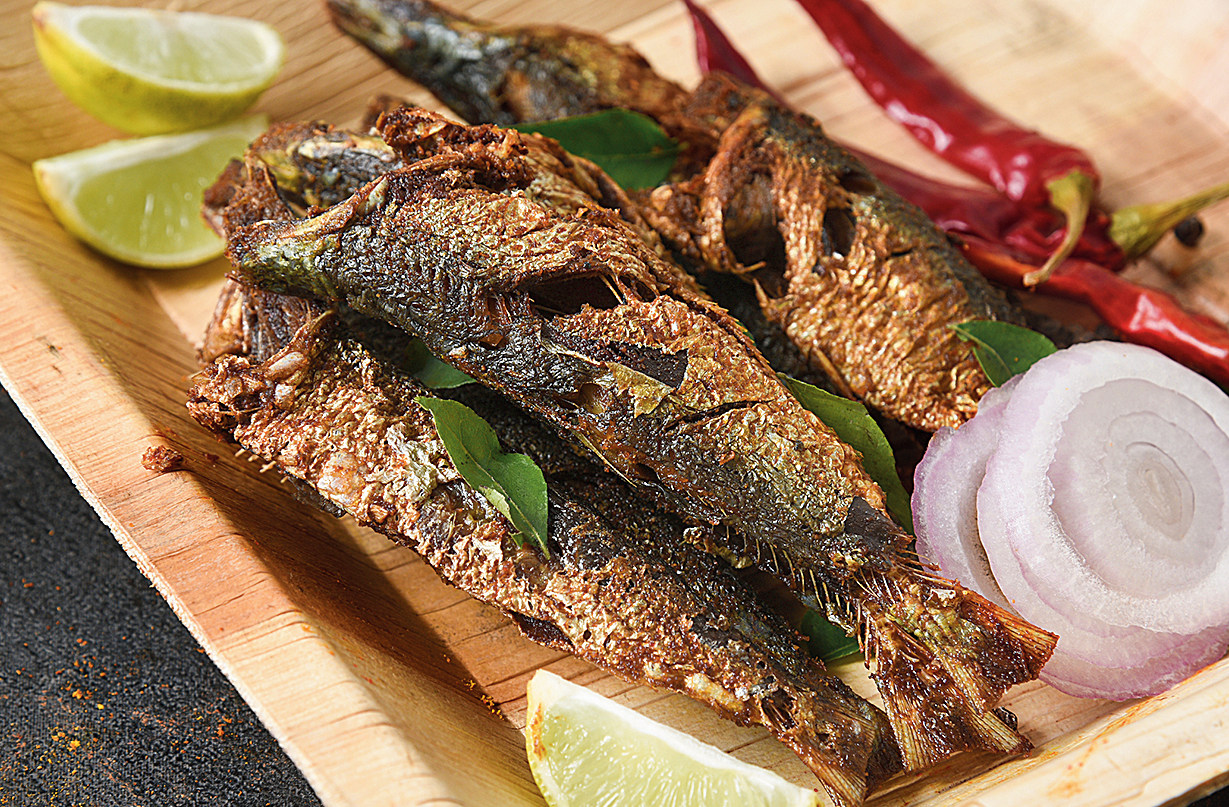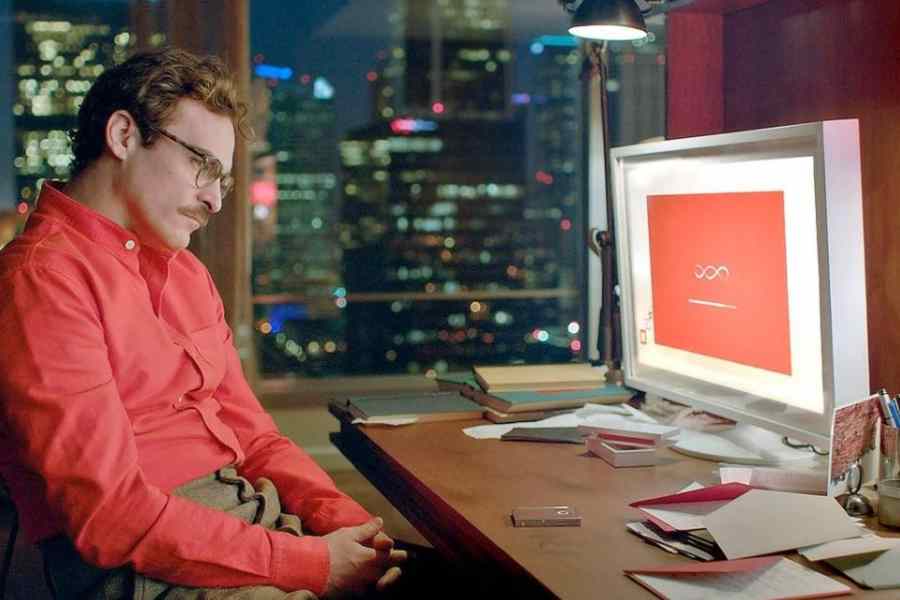Long before khunti puja — the ritual that marks the beginning of Durga Puja — and months before the artisans in north Calcutta’s Kumartuli had started to craft the bamboo and straw frames of Durga, Lakshmi, Saraswati, Ganesh, the issue lay foregrounded. And thereafter it ticked away not like a countdown to a socio-cultural event, but like some kind of a political atom bomb.
Beginning July, there were reports in the media about Puja committees and local clubs across Bengal approaching the Bharatiya Janata Party (BJP) to be a part of the autumnal celebrations. There was a buzz that BJP heavyweights from Delhi would be inaugurating a Puja pandal here and there. And then it was as if someone stepped on the accelerator. Sanghashree, a Puja committee in south Calcutta, approached BJP state general secretary Sayantan Bose to be their president. Sanghashree happens to be in the same locality as Bengal chief minister and Trinamul boss Mamata Banerjee’s family home. The implication was unmissable to say the least. Till last year, the club president had been Kartik Banerjee, the chief minister’s brother. After a contentious month, the local club appointed a local businessman and announced that it would not be allowing any BJP leader to be a part of their Puja activities.
To those who have little or no idea of Durga Puja in Bengal, the festivities surrounding the actual puja are many-layered, each acquired over centuries and civilisational twists and turns. The evolution of Durga Puja is well charted in the paper “Spaces of Recognition: Puja and Power in Contemporary Calcutta” by Anjan Ghosh. What started as a harvest ritual organised by landlords in rural Bengal became the Puja as we know it now only in the late 18th century. Baroari or public puja had a committee that looked into the worship aspect as well as the public entertainment — swang (critical mimicry), puppetry display, jatra (folk theatre) and half akhrai (a form of bawdy singing) — that came to typify the celebrations. There was something in the celebrations for everyone in the family. It must be remembered that in the context of Bengal, the goddess herself is imagined as a family person or Ma Dugga and not just as a warrior figure like Sherawali.
In the second decade of the 20th century, the transition to sarbajanin, or community, puja happened. With the transition came the scaling up. “Durga Puja now represented the cohesion and distinctiveness of the para (locality or neighbourhood). The greater the fanfare, decoration and designer lighting for the pandals became, the higher the esteem of the neighbourhood,” writes Ghosh. The escalation in the cost of sarbajanin Durga Pujas happened in the 1990s. Ghosh notes how corporate mega-Pujas started to obtain sponsorships from companies through advertisements attached to Puja souvenirs and large-scale advertisements were obtained by politicians who were known to patronise particular community Pujas.
A systematic appropriation of Durga Puja by political parties, however, did not happen until even later. “This is a culture that was started by the Trinamul when it came to power in 2012,” says Sujan Chakraborty, a veteran Left politician and spokesperson of the state CPI(M). “The BJP is following in their footsteps,” he adds. He goes on to explain that when the Trinamul assumed power, their single-point agenda was to take control of everything. “The first thing they did was to take control of the para clubs. Then they took control of the students’ unions, the auto unions, the labour unions… Now when the BJP has got 18 out of 42 seats in Bengal, they too think this is the way to capture power,” he says.
His statement echoes what president of the Bengal BJP, Dilip Ghosh, has said about the politicisation of the biggest annual event of the state. On the day of The Telegraph interview at the BJP party office in central Calcutta, there are trade unions from the transport sector and some factories who have come to join the party. Ghosh says, “I myself am not involved in any Durga Puja. But it is likely I will be asked to inaugurate a few. Basically, the local clubs have realised that the BJP is gaining power and that is why they want to be associated with the winning candidates.”
Says Chakraborty, “We do not remember when Bidhan Chandra Roy inaugurated a Durga Puja or for that matter Siddhartha Shankar Ray or even Jyoti Basu (all three former chief ministers of the state). Nor were the Pujas named after political leaders. It was the Trinamul leaders who took control of the clubs; the Pujas started to be named after them. So the New Alipore Puja is called Arup Biswas’s Puja, the one at Chetla is said to be Bobby Hakim’s, Bhowanipore is Madan Mitra’s, Behala is Sovan Deb’s, Naktala is Partha Chatterjee’s.”
Unlike Ghosh, who is staying away for now, Bose is involved in the Pujas. “At least 50 Puja committees, big and small, have got in touch with me,” he says and then hurriedly adds, “I cannot name any of them. The chief minister’s family is involved in many. It is for them that Sanghashree had to back off. Another Puja in Rashbehari in south Calcutta is also facing problems.” No Puja committee will want to talk to anyone about specifics of who is inviting whom or reveal the names of political invitees till Panchami, he says.
The Telegraph got in touch with Durga Puja committees across the city — Mohammad Ali Park, College Square, Kumartuli, Manohar Pukur, Deshapriya Park, Babu Bagan, Naktala — but the common response was denial of shifting allegiances or any tug-of-war. A source in Kumartuli, however, said a lot of small para Pujas were in touch with the BJP leaders for funding and a status upgrade by mere association.
In the middle of all this, Mamata Banerjee announced sometime end-August that she was going to raise the donation amount to all clubs from Rs 10,000 to Rs 25,000 and give an additional 25 per cent discount on electricity bills of big and small Pujas alike. Last year, the state government had funded 28,000 Puja pandals across Bengal; Rs 28 crore was spent from the state government funds for this. That year state government employees did not get their dearness allowance, neither did school and college teachers.
Chakraborty says, “During the Left Front rule, the party would never get involved in any way with Durga Puja, let alone with funds. The clubs or the paras would organise the pujas; they would raise chanda from locals and seek help from the business fraternity. The government did not play a direct role. Now we have carnivals. I do not know how it is relevant. Who goes to see them?”
Red and saffron are closer to each other in any spectrum. Says BJP leader Uma Shankar Ghosh Dastidar, who has been involved in Durga Puja celebrations in Calcutta for over a decade, “Carnival is not our culture.” He is referring to the cultural extravaganza on Red Road after the four-day celebrations have been wrapped up. In 2016, the Trinamul government organised the first Durga Puja carnival with 39 participating pandals, exhibitions and dance performances.
Ghosh Dastidar says, “It is a religious festival where the goddess returns to her in-laws after spending a few days in her maternal home. After the designated immersion day, we cannot keep the idols in the pandals. That is not how it is done.”
Ghosh Dastidar, who is closely associated with the Puja in BJ Block in Salt Lake, is nostalgic for the times when there were no big Pujas. He says, “It was on request of our children that we started the puja here. Now FD Block and BJ Block host the two big Pujas here. There are cultural events, a community lunch. We hardly ever have big-ticket artistes coming down to perform... Everyone comes together — the CPI(M), the Trinamul, the BJP. There is no segregation. That is the flavour of Durga Puja in Calcutta.”
The septuagenarian is not happy with how the BJP has fared so far in the Durga Puja tug-of-war. He says, “The entire situation is the result of a misunderstanding. Modiji had told all the leaders in the state to get involved with the Puja and create a connection with the aam janta. Even within the party, people misread this statement. It is not about wrenching control of one Puja or another; it is about mingling with the people and Durga Puja is possibly the best platform.”
Dip Sarkar, who is the vice-president of the South Calcutta unit of the Right-wing group, Bajrang Dal, proffers a purist view. He says, “We will not be part of any Puja committee like the BJP, but we are Hindus and we cannot allow anyone to play with our gods and goddesses and our rituals. Even Mamata Banerjee inaugurated one Puja on Mahalaya last year — that is not permissible. How the BJP chooses to exercise control over Durga Puja is their concern, we will control it from the cultural aspect. That is for sure.”
Dilip Ghosh is neither nostalgic like Ghosh Dastidar, nor is he pretending to play cultural vigilante. He says, “Bengal-e sab kichui niyei politics hoy, eta niyeo hochchhe... Everything gets politicised in Bengal and the same is happening with Durga Puja.”
And that’s the moot point. There is a scramble among the political forces to entrench themselves deeper into the Durga Puja festivities, and it is not to worship you better, Ma Durga.













